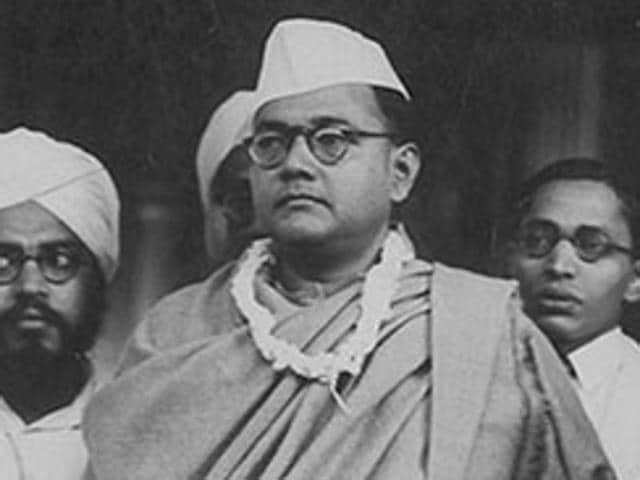Bose files: Taiwanese official gave evidence on Netaji’s cremation
A website releasing little-known details and documents backing the theory that Subhas Chandra Bose died in a plane crash in 1945 on Thursday uploaded evidence from a Taiwanese official who apparently issued the permit for Netaji’s cremation.
A website releasing little-known details and documents backing the theory that Subhas Chandra Bose died in a plane crash in 1945 on Thursday uploaded evidence from a Taiwanese official who apparently issued the permit for Netaji’s cremation.

The website -- run by Bose’s grandnephew Ashis Ray -- contended that the testimony of Tan Ti-Ti, who was in-charge of issuing cremation permits in Taipei and personally attended to Netaji’s body at the crematorium, put to rest any controversy about the freedom fighter’s last rites.
The details have been in the public domain for decades, but were confined to archives, inquiry reports and interviews. The documents being released by London-based Ray seek to substantiate reports that Bose did not survive the crash on August 18, 1945.
Tan Ti-Ti testimony, contained in the British Foreign Office’s file number FC1852/6 of 1956, show that he personally attended to Bose’s body, a release from the website said.
Japanese army officers probably did not submit a death certificate in Bose’s name to maintain secrecy about his demise; it was issued in the name of “Ichiro Okura”.
Ko Keng Yuan, who became director of the Health Centre in Taipei after the cremation, stated he believed the matter of Bose’s death and the cremation permit being issued under an assumed name “were important secrets of the Japanese military”.
The proof contained in a Taiwanese police report sent to the British Foreign Office was, the file indicates, forwarded by the UK High Commission in Delhi to the Indian government in July 1956.
Tan Ti-Ti confirmed that on the day of the cremation -- August 22, 1945 -- a Japanese army officer “came to the crematorium in a car in the company of an Indian”.
He went on to say “the Indian (it was said he was Bose’s follower, some said he was an aide-de-camp; he was dressed in the white garment of Japanese soldiers under medical care, wore slippers, parts of his face were bandaged; he was tall and swarthy, wept bitterly and seemed extremely sorrowful”.
The website said this was Bose’s ADC, Habibur Rehman Khan, who survived the crash, since the description “fits him perfectly”.
Tan Ti-Ti asserted he and another person called Lin Sui Mu opened the coffin. He added that Bose’s body had been “put into a coffin for conveyance to Tokyo but the coffin was too big for aeroplanes available at the time”. It was, therefore, cremated in Taipei.
On August 23, 1945, the Indian (Khan) and the same Japanese army officer came to collect the ashes, Tan Ti-Ti further maintained, which matches Khan’s testimony.





